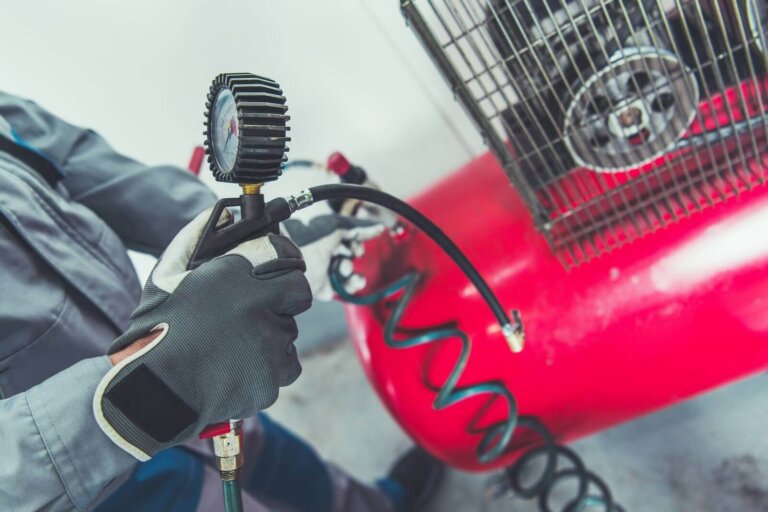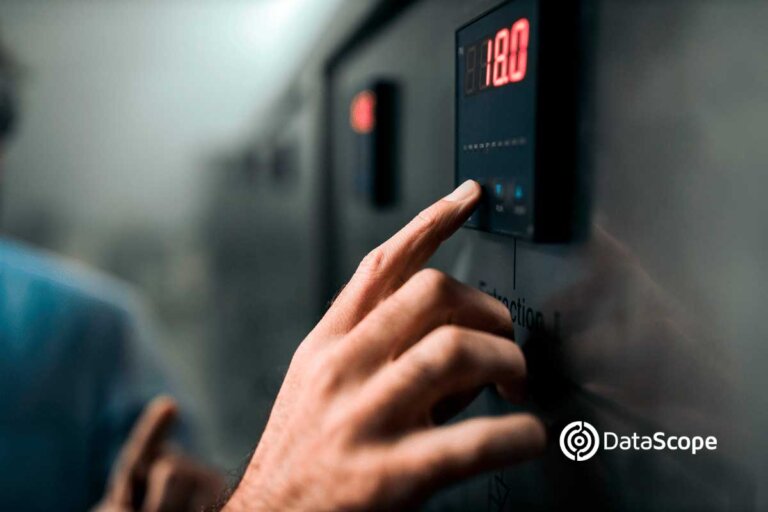What changes must the maintenance management of a company have to improve the reliability of its operations, reduce failures and maintenance costs?
The objective of maintenance optimization is to determine the optimum maintenance tasks that minimize the downtime while providing the most effective use of systems in order to secure the desired results at the lowest possible costs, considering all possible constraints.
What is maintenance optimization?
Maintenance has two areas that must be managed: planning and scheduling of activities that ensure the execution of short-term maintenance and maintenance engineering that optimizes maintenance in the medium and long term. Planned Maintenance Optimization (PMO) is a method designed to improve maintenance strategies based on existing preventive maintenance (PM) routines and available failure history.
While most companies have identified the need for a preventive maintenance (PM) program, the effective execution of such maintenance activities can be challenging. Unseen circumstances that require urgent attention can easily derail planned activities and potentially disrupt a smoothly running project.
PMO provides a method through which maintenance activities are carried out more efficiently. By performing PMO, the existing tasks, modifications on the schedule and frequency of the routines are done based on the failure history of the equipment. With a relatively shorter time to develop, the resulting strategy can be similar to performing Reliability Centred Maintenance (RCM).
How to start a preventive maintenance program?
Implementing a preventive maintenance is the first step toward improving maintenance. These are the required steps to start the strategy.
Define the goals
What are good preventive maintenance program goals? Your organization will work efficiently if you plan and schedule in advance at least 80% of your maintenance activities. It can be easier to do that if you use a computerized maintenance management system (CMMS) which allow you to schedule preventive maintenance with few clicks. So, the first step is really about getting into the right frame of mind and being aware of the challenges ahead. Next, you need to start looking how you can implement the strategy.
Create an inventory of all relevant equipment
Take note of equipment make/model, serial numbers, specifications, asset identification numbers and fixed locations. The more data you can collect on each asset and piece of equipment, the better. After that, you need to document the current condition of the equipment in order to prioritize its importance as part of a preventive maintenance program.
Leverage the right technology
Technology is an essential element of our PM strategy. Leveraging a digital solution allows you to arrange all the smaller tasks such as scheduling, inventory maintenance management, reporting and organizing work orders.
There are several factors that must be taken into consideration when choosing technological tools for a preventive maintenance program, including the skillset of your team, budget, asset capabilities, team preference, data security and more. One of the most important things to remember when looking for preventive maintenance is that technology should be ease of use. If a system is too difficult to understand and use, it will not be a contribution and all the time and money invested in the solution will be wasted.
Develop effective KPIs
It is hard to know if a preventive maintenance program is working effectively without establishing specific targets. Some common metrics to measure your performance are planned maintenance percentage, preventive maintenance compliance, overall equipment effectiveness, and mean time between failures. Once you decide which KPIs you will be using to measure success or failure, the next step is to establish a framework to review those metrics.
Build preventive maintenance checklists
A preventive maintenance checklist will helps you to track KPIs, such as mean time to repair, planned maintenance percentage and mean time between failures. Analyzing those stats and comparing them to pre-plan numbers should give you a good idea of how your program is affecting your maintenance operation.
Optimize your strategy
This is a never-ending task. Your preventive maintenance program should always be under construction as you continually improve all the steps and procedures. Analyzing all the data you collect, work order notes and different reports, you could see where strengths and weaknesses lie and find the way to optimize preventive maintenance wherever possible in your operation.
The three phases of PMO
The Planned Maintenance Optimization process can be summarized in 3 phases:
Data collection
Reliable data is the keystone of any attempt to optimize maintenance. Tools such as a CMMS program can make this process easier and more accurate. However, having data is not always the same thing as having the right data, and in order to truly move a maintenance program from reactive to predictive, it’s critical to understand the value of reliable data, how to track it, and how to use it.
Data analysis, review, and recommendations
The collected data must be analyzed to identify the most critical issues. The information gathered from analyzing the data must then be reviewed against existing routines. Some key points to review are: whether the PM routines are scheduled correctly to align with the MTBF and MTR data points, and whether failure points are within acceptable margins set by original equipment manufacturer (OEM) specifications or industry standards. If they do not comply with those standards, there is a clear need for improvement.
Agreement and execution
After all the analysis, the next step is to identify the member of the team that will be accountable for any required action and monitored for progress. Note that the PMO process is a continuous effort and reviews should be done habitually.
Benefits of applying PMO
Regular maintenance activities are clearly a key part in ensuring a company’s reliability, but PMO goes further and increase the benefits of maintenance activities by showing substantial reductions in costs.
A PMO program reduce overall maintenance costs by around 25%. The payback periods will start around 12 to 24 months after implementing a PMO. Then you will see savings from maintenance costs. Aside from the improvements in uptime and reliability that come with a robust maintenance strategy, PMO methods help companies to spend resources more wisely.
Stages of maintenance optimization
Optimize staff functions
As your business grows, scalability becomes an even bigger challenge, which mean that the workforce has less time spent on all the tasks and it is critical to spend it well.
Workforce optimization (WFO) is defined as “a business strategy focused on balancing customer satisfaction, service levels, workforce scheduling, operational costs and other key performance metrics in order to get the maximum benefit out of the employees.
At its core, it is about understanding how your employees work and how to best leverage their skills to reach your organizational goals.
Human resources maintenance
Human Resources should carry out an initial analysis to check technical and management skills of leaders and supervisors. The implementation of a formal system will ensure the effective use of talent to accomplish organizational goals.
Gather as much data as possible
Your organization will need to collect information on items such as time between machine failures, machine downtime, cost of parts, technician response time, and even on-time delivery percentage. You can then calculate the average cost of just one hour of downtime. Gathering comprehensive data will help you to optimize your practices.
Create and implement a comprehensive maintenance plan
A good plan should include:
-Goals and priorities. The first step when creating a preventive maintenance plan is to define the goals you want to achieve.
-A schedule ahead of time to optimize your workflow, as well as ensure all parts and supplies are available ahead of time.
– KPIs for the maintenance plan
Create a system of failure and maintenance information
Recording maintenance history accurately leads to failure prevention and increases awareness about equipment maintenance. It also allows you to track the performance of your equipment and to show inspectors that your company meets standards and certifications.
Train staff in computer skills
Using computer technology to provide continual training opportunities for your workers can steadily increase employees’ professional competencies and experience, while accruing the benefits of a comprehensive employee development program to your business. Training and learning must become a part of the continuous improvement process at an organization, providing employees with both the direction and simultaneously the freedom to learn, thus generating the intellectual capital needed for success.
The bottom line
Poor machinery maintenance management will result in capacity loss, poor product quality and customer dissatisfaction. Poor participation from non-manufacturing units such as administration, marketing, and purchasing will negatively affect production and maintenance practices.
Creating a successful, sustainable, and effective preventive maintenance program and a preventive maintenance optimization strategy does not occur overnight. It takes a lot of planning, but it is worth it when you achieve the benefits. It is important to build a solid and durable strategy by identifying goals, creating proper KPIs and triggers, discussing the plan with stakeholders, leveraging the right technology and carrying out training. It takes consistent analysis and a lot of time and effort to ensure all your progress is consistent. Bear in mind the following premise: a proper preventive maintenance program is not an unattainable ideal, but a goal, which you must pursue.






